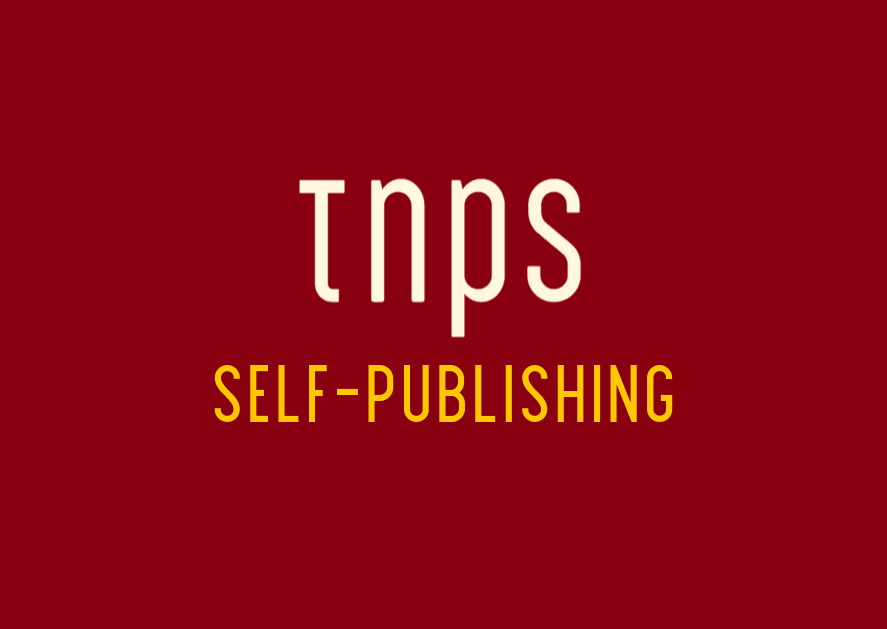While some industry commentators believe print is dead the print sales numbers continue to suggest otherwise, and publishers continue to defy the odds and report profits.
Just this week Simon & Schuster UK inconsiderately announced it was “really strong financially” and Walkers also reported soaring sales.
Publishers Weekly this week reported print sales for the US for the first nine months of 2017 were up 2% on the same period last year with 467.7 million unit sales so far.
This “despite the lack of a hot new title,” says Publishers Weekly, noting the “sales gain to date has been driven by backlist titles,” and that “only three of the year’s top 10 bestsellers to date were released in this calendar year”, with John Grisham’s Camino Island selling more than 528,000 print copies since its release in June to land at #5 on the year-to-date bestseller list.”
As previously reported here at The New Publishing Standard, the “Instagram poet” Rupi Kaur’s poetry collection remains the biggest selling book of the year.
That said, it wasn’t all good news for publishers.
Digging into the detail we find juvenile fiction and non-fiction recording the highest increases in sales, with adult non-fiction performing well, but we need to bear in mind the hugely successful poetry books are included as non-fiction for these purposes.
Without the blockbuster releases adult fiction slipped 1%, with two dystopian backlist favourites taking the lead – Margaret Atwood’s The Handmaid’s Tale (456,000 print sales)and George Orwell’s 1984 (402,000), but of course if we were to count poetry as fiction it would be a very different story.
Mass market paperbacks were down 9%, no doubt in part due to ebooks (sales for which were not included in this assessment), but before we get too carried away with the mass paperback format is dead cries, we might want to consider other factors at play.
Because while the mass merchandisers channel saw sales down 9%, bookstores and retail, including online, were up 3%.
One possible factor may be the mass merchandisers are simply giving less space or less promotion to books than last year.
Down 9% and up 3% may seem like 6% down on the face of it, but looking at this in one more layer of detail it’s worth noting that mass merchandising, while down 9%, saw a drop of 3.5 million unit sales. By contrast retail and club’s 3% increase saw unit sales rise from 392.6 million to 405.7 million, an increase of 13.1 million.
What the Publishers Weekly report suggests, therefore, is a shift in channels away from mass merchandisers and towards retail and club.
How much that shift panned out in favour of bricks & mortar store sales over online sales is a discussion for another time.




